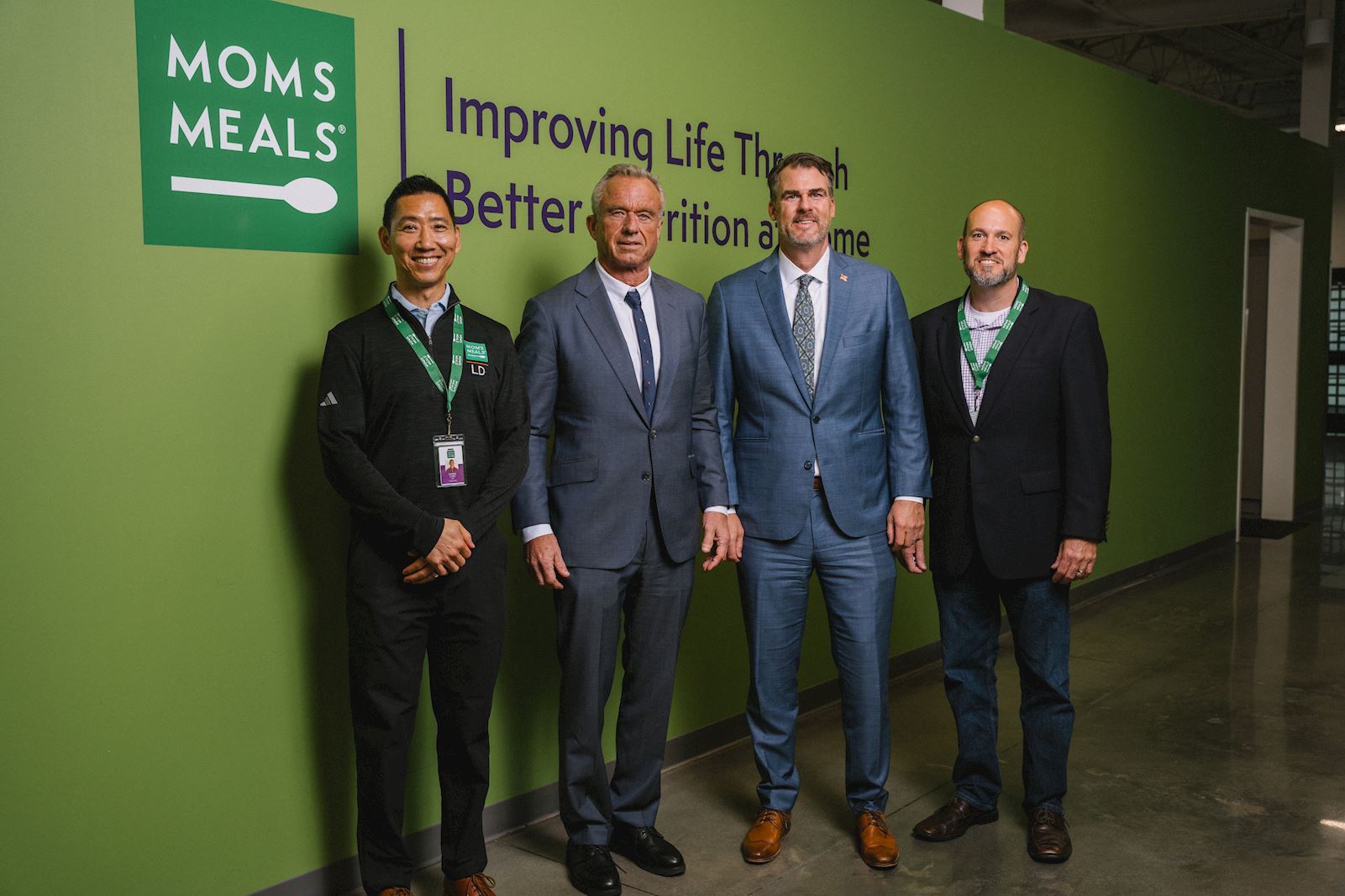Even as the pandemic emergency declarations come to an end, the rise in food insecurity is still a very real and pervasive issue today. To help low-income families during the pandemic, there was a temporary boost to the Supplemental Nutrition Assistance Program (SNAP). However, after February 2023, these emergency allotments ended nationwide and SNAP benefits returned to normal amounts. Here are ways Congress is taking steps to address food insecurity and additional ways to get quality nutrition.
Nearly 34 million people in this country live in food-insecure households. The sense of urgency continues, especially as good nutrition helps children grow and develop properly, while poor nutrition is linked to a higher risk of chronic diseases such as heart disease and diabetes according to the Centers for Disease Control and Prevention.
The role of social determinants of health (SDOH) on food insecurity
Fighting food insecurity is no easy feat, especially with approximately one in five adults experiencing food hardship in 2022 and one in every six seniors facing the threat of hunger. To find solutions that will have the greatest impact, we must first understand SDOH — the economic and social factors that impact a person’s health — that contribute to food insecurity, including:
- Income and employment — Losing a job or having a reduction in income can lead to less financial resources for groceries and healthier food options
- Inflation — Along with an increase in food prices, rising costs for basic needs from housing to transportation have cut into many food budgets
- Health status and disability — Disabled individuals who are unable to work often lack adequate income, have higher costs of living and are more likely to experience poor health
- Access to transportation — Not all individuals have the means to reliably access nutritious food
- Geographic location (food deserts and food swamps — Some individuals do not live in close proximity to healthy food sources
- Nutritional awareness — Some individuals are not aware which foods support or worsen health, especially if they have a chronic condition with unique nutritional needs
Additionally, there have been significant racial disparities among food-insecure communities. In fact, Black and Latino individuals experience food insecurity at a rate over 10 times that of white, non-Hispanic individuals.
According to Feeding America, food insecurity can have a significant impact on a family, especially when they are forced to choose between spending money on food or medicine, health care and day-to-day bills.
Congress responds to food insecurity
Federal and state governments and health plans have taken steps to address food insecurity and highlight the need for good nutrition that include:
- The Centers for Medicare & Medicaid Services (CMS) is now requiring that all Special Needs Plans screen for SDOH, including food insecurity. With that comes new HEDIS measures for health plans:
- Social Need Screening and Intervention: To assess and address food, housing and transportation needs of their members
- Emergency Department Visits for Hypoglycemia in Older Adults with Diabetes: ID older members with diabetes and measure ED visits and implement preventive interventions
In late 2022, the Centers for Medicare & Medicaid Services (CMS) released the CMS Framework for Health Equity 2022-2032, a ten-year plan that creates a framework for improvement for the government, health care plans and providers, and community organizations. It’s organized around five health equity priorities with Priority 2 as: Assess causes of disparities within CMS programs and address inequities in policies and operations to close gaps.
As part of the Priority 2 plan, CMS is committing to taking a “whole person view when investing in appropriate, targeted health equity interventions.” One way to support CMS Priority 2 and take a whole person approach to improving access to nutritious food — particularly for populations with chronic medical conditions — is through medically tailored, home-delivered meals.
- President Biden announced a goal of ending hunger by 2030 at the White House Conference on Hunger, Nutrition, and Health by building upon existing strategies that are addressing food insecurity and diet-related diseases. Along with improving food access and affordability, the administration said it will work with Congress to pilot coverage of medically tailored meals in Medicare and expand Medicaid and Medicare beneficiaries’ access to nutrition counseling.
Solutions to address food insecurity
Many food assistance programs exist around the nation to help address hunger and provide access to nutritious foods individuals and families need to be healthier.
Women, Infants, and Children (WIC) program — Available in all 50 states, this program was created to protect the health of low-income women, infants and children up to age five who are at nutritional risk. WIC provides nutritious foods, educational resources, breastfeeding guidance and referrals to health services. The food provided through the program helps supplement participants’ diets with healthy, nutrient-rich choices.
SNAP — This program is the largest federal nutrition assistance program and provides nutritional support to eligible low-income individuals and families. About two-thirds of SNAP participants are in families with children, and over one-third is in a household with older adults or people with disabilities.
Charitable meal delivery — Many charities and local organizations, like food banks and volunteer delivery services, help provide daily or weekly meals to people in need. By delivering healthy food options, individuals — especially senior residents — are able to maintain their independence and access much-needed nutritious meals.
Public and private partnerships — Companies, like Mom’s Meals®, are working together to combat food insecurity and make better health more accessible. Through partnerships with government programs, local agencies and health plans, we deliver meals designed to meet nutritional requirements and support common health conditions.
While it’s good news that many are joining forces to address food insecurity in this country, it’s important to remember that the impact of the pandemic and economic uncertainty can continue to be felt in many households. Some of the most vulnerable people who experience food insecurity will continue to need assistance accessing nutritious foods.
Mom's Meals can help
Did you know individuals may be eligible to receive home-delivered meals through Medicaid or Medicare Advantage plans, or through community nutrition programs funded by the Older Americans Act (OAA)?
Nourishing the body with the right foods can make a difference in one’s health and overall well-being. With delivery available to any address nationwide, Mom’s Meals offers a variety of delicious and nutritious ready-to-heat-and-eat meals designed to provide condition-appropriate support. Contact us today to get started.



